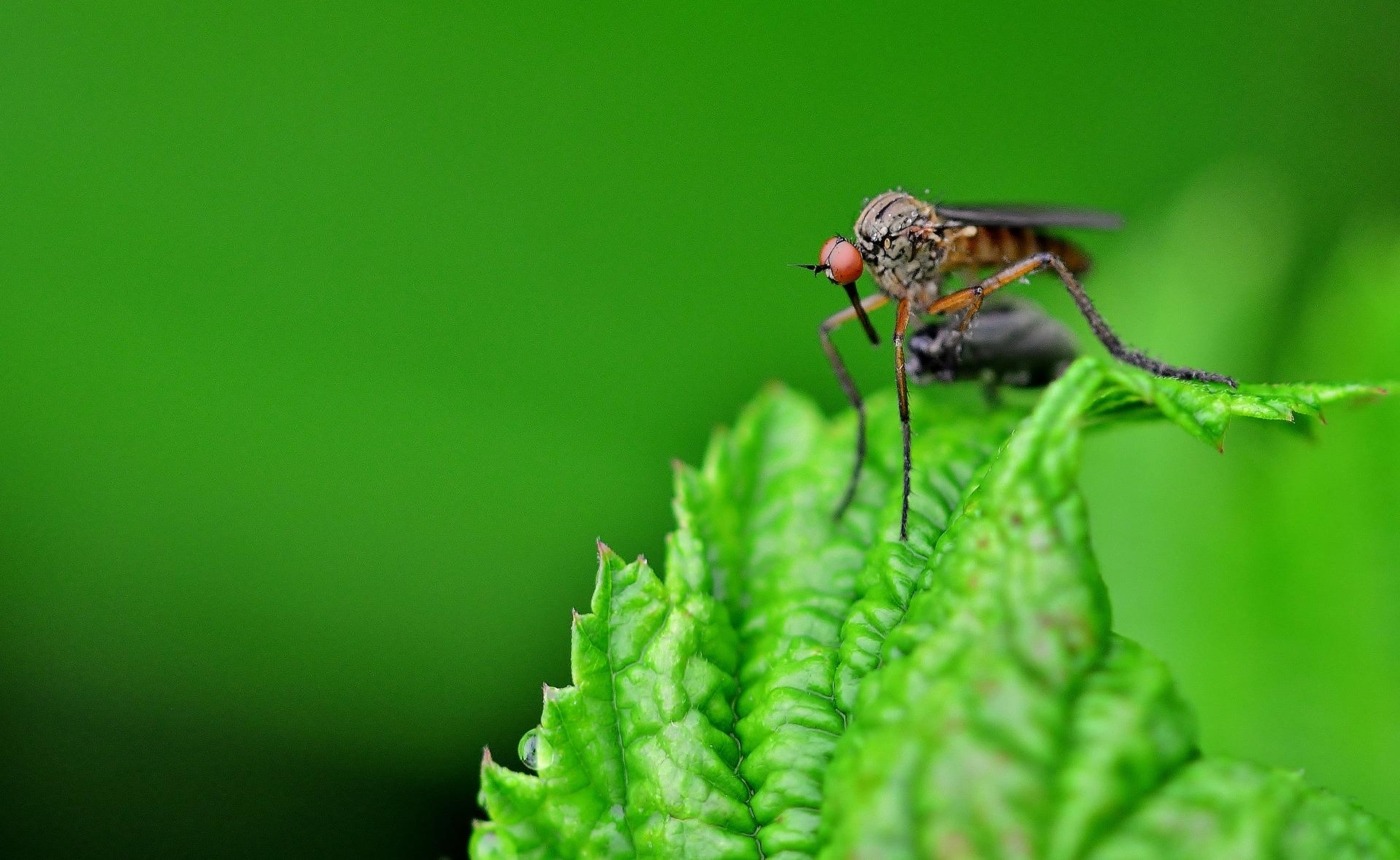Genetically modified mosquitoes released to cull population
Mosquito numbers are on the rise in the USA, largely down to the warming climate – and as they spread, the risk of disease spreads with them. But scientists have come up with an interesting approach to solving this problem, involving bioengineering. An experiment has been underway since April 2021 in the Florida Keys, with biotechnology firm Oxitec releasing nearly five million engineered mosquitoes – it has now concluded, and the results are currently looking positive. Is this a potentially viable way to deal with virus-carrying mosquitoes?
The idea is that the engineered males mate with wild females, and then the female offspring will die before they can reproduce
California was not historically home to the mosquito species Aedes aegypti (it traditionally thrived in the Gulf states), but it has established itself in recent years. It almost certainly travelled to California in cargo, and it has now colonised places like Los Angeles County. As the climate continuously warms, the mosquitoes are expected to multiply and spread in these temperate regions, and this brings the potential for disease outbreaks – the females bite for blood meals, but can also spread diseases like dengue fever, yellow fever, and Zika in the process. This mosquito study is designed to curb the threat of mosquitoes, and intended to prove that Aedes aegypti populations can be repressed by modifying the animals.
Oxitec have engineered males (which don’t bite) to carry a gene that is lethal to female offspring. The idea is that the engineered males mate with wild females, and then the female offspring will die before they can reproduce. Male offspring will carry the gene and pass it on to half of their progeny – as each generation mates, more females would die, and the mosquito population should dwindle as a result. And broadly speaking, this is what happened.
The engineered males typically travelled with a one-hectare area around a release box, and mated with the wild mosquito population. The researchers collected more than 22,000 eggs from traps on the Keys, some of which served as egg-laying sites or trapped adult mosquitoes, and found that all the females that inherited the lethal gene died before reaching adulthood. The team found that the lethal gene persisted in the wild population for two to three months, or about three generations of mosquito offspring, and then disappeared. No mosquitoes carrying the lethal gene were found beyond 400 metres of the release points, even after several generations. Oxitec monitored the sites for ten weeks after the last lethal gene-carrying mosquito was found.
There is also public resistance, with opponents criticising the use of experimental biotechnology and calling for greater data transparency
Nathan Rose, Oxitec’s head of regulatory affairs, said in a webinar in April that the results were promising: “We had quite a number of key performance outcomes that we were hoping to hit and we were able to hit all of those in this trial. This is pretty much what we expected. This really confirms the self-limiting nature of the genes, they’re not going to persist long-term in the environment.”
There are limits to the study. It doesn’t assess whether Oxitec’s method actually reduces the transmission of viruses carried by Aedes aegypti, and the company would need to invest in an expensive controlled trial to find out. It’s unlikely to, because a reduction in population doesn’t necessarily translate into disease suppression, nor will it massively reduce mosquitoes overall – the species only makes up around 4% of the Keys mosquito population. There is also public resistance, with opponents criticising the use of experimental biotechnology and calling for greater data transparency.
Still, the success of the trial means that further research will be coming. In March, the US Environmental Protection Agency (EPA) approved plans to release billions more mosquitoes in Florida and California between 2022 and 2024. Rajeev Vaidyanathan, director of US programmes at Oxitec, highlighted some of the questions that these studies will explore: “There are some fundamental questions we need to answer before we can say this is a viable tool for mosquito control. How is that going to affect our boys’ ability to fly? How is it going to affect our boys’ ability to mate? We cannot extrapolate with what we have done in Florida.”
At the moment, however, this seems a promising set-up – it’s low-risk for human populations, and the ability to reduce mosquito populations may be a valuable weapon against these pests if further research is successful. Aedes aegypti is likely to colonise more areas as the climate continues to warm – this work may help us fight back.


Comments